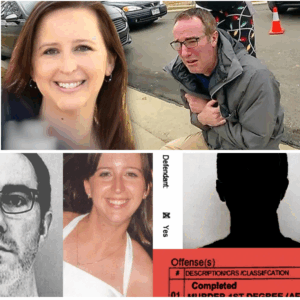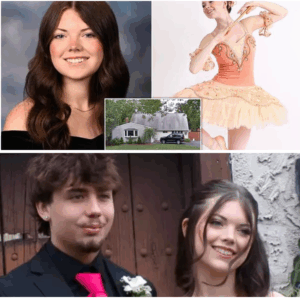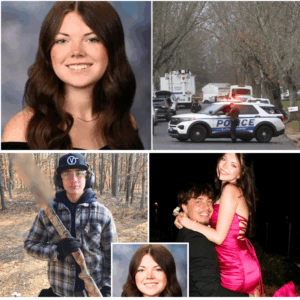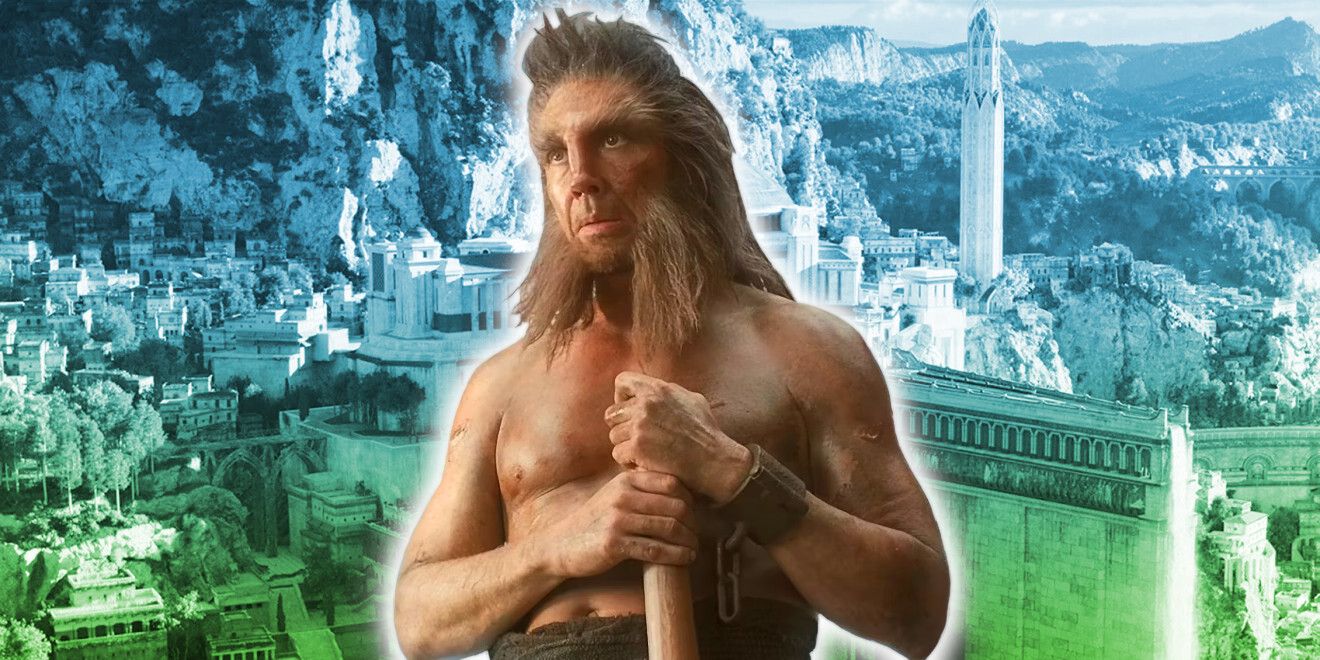
During J. R. R. Tolkien’s lifetime, he only published two novels taking place in his fantasy world of Middle-earth, those being The Hobbit and The Lord of the Rings. He also published some smaller stories like The Adventures of Tom Bombadil. But these barely scratched the surface of the vast legendarium that Tolkien imagined. For decades after he passed away in 1973, his unfinished writings continued to be collected, edited, and published. In 2021, Tolkien scholar Carl Franklin Hostetter published The Nature of Middle-earth. This gathered writings from the last 14 years of Tolkien’s life, focusing on the physical traits of The Lord of the Rings‘ world and its inhabitants. In the section “Of the Land and Beasts of Númenor,” Hostetter revealed a previously unknown aspect of Númenórean culture: a festival known as the Great Bear-dance of Tompollë, which was exactly as bizarre as the name implied.
The Great Bear dance followed a series of religious ceremonies known as the Three Prayers that occurred in Númenor throughout the year. They were the Erukyermë, or Prayer to Eru, the Erulaitalë, or Praise of Eru, and the Eruhantalë, or Thanksgiving to Eru. During each, the King or Queen of Númenor would lead the people to the peak of Meneltarma, a holy mountain in the center of the island kingdom, and offer a sacrifice of fruit to Eru Ilúvatar, the god of Tolkien’s legendarium. During these ceremonies, only the King or Queen was permitted to speak, and the Great Eagles of Manwë would arrive to signify the approval of the Valar. Prime Video’s The Lord of the Rings: The Rings of Power adopted these concepts for the Númenórean coronation ceremony that occurred in its second season. The Three Prayers were a solemn affair, but afterward, it was time to party with some dancing bears.
The Great Bear-dance Was an Annual Celebration in Númenor
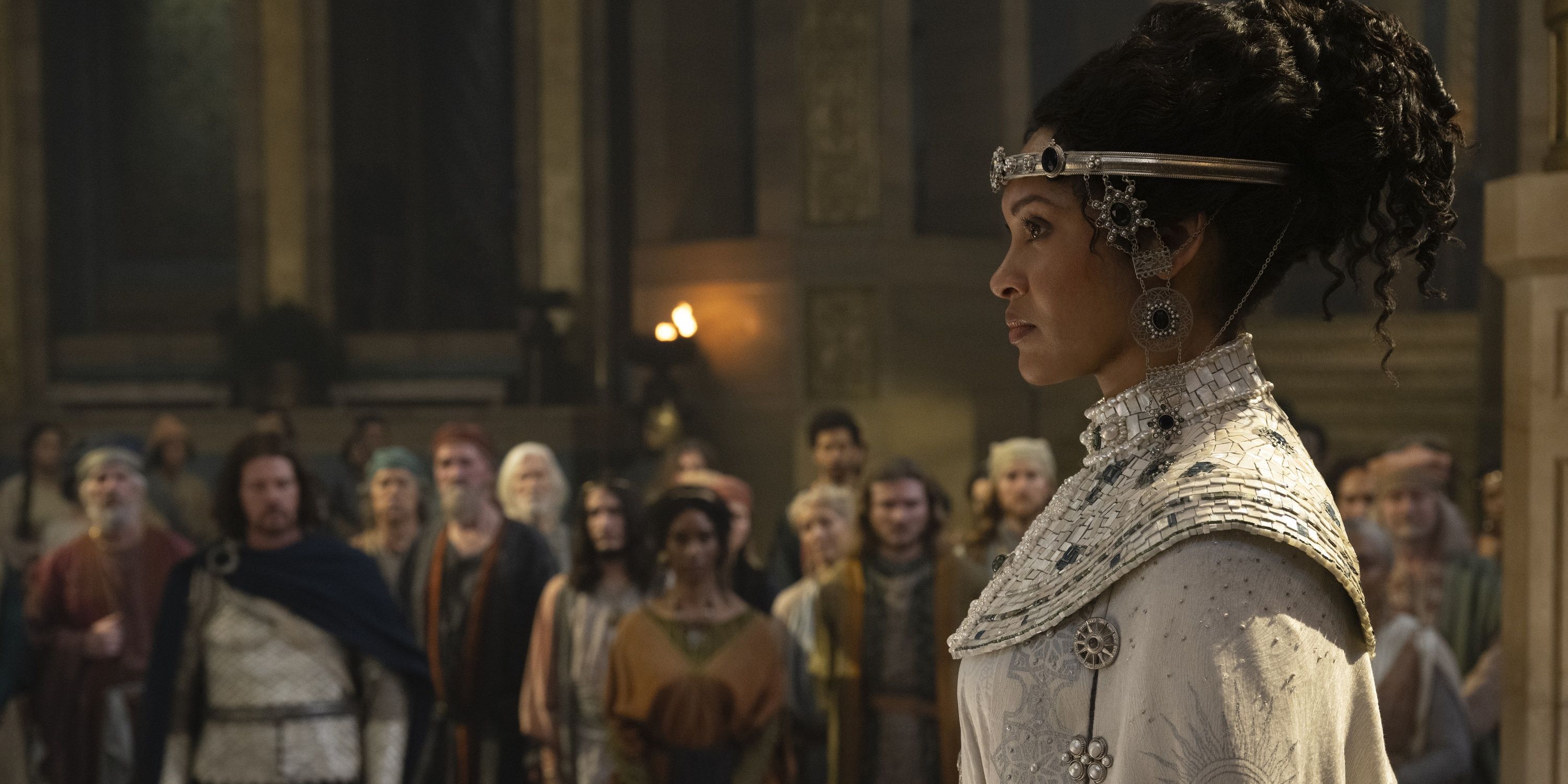
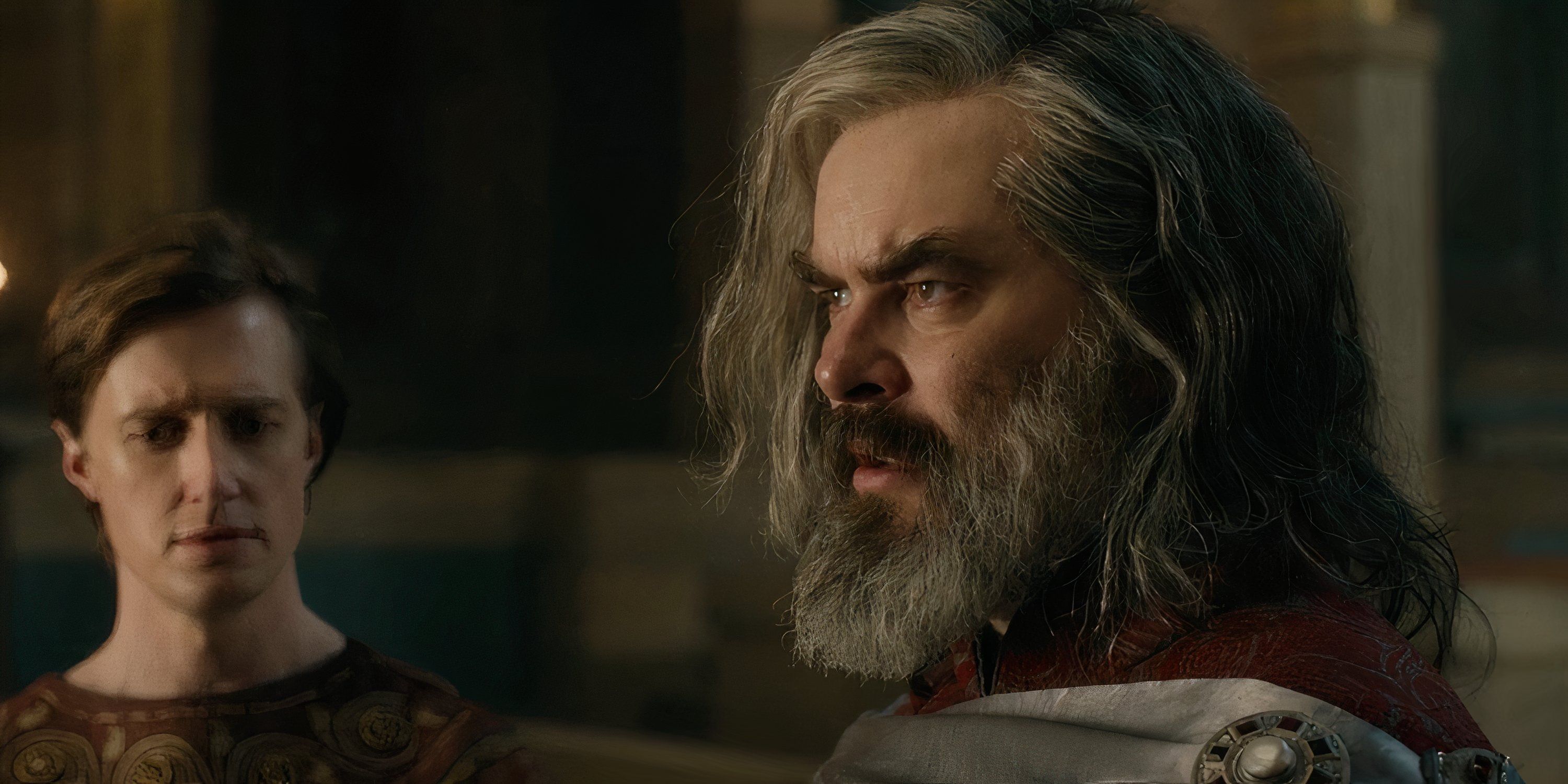

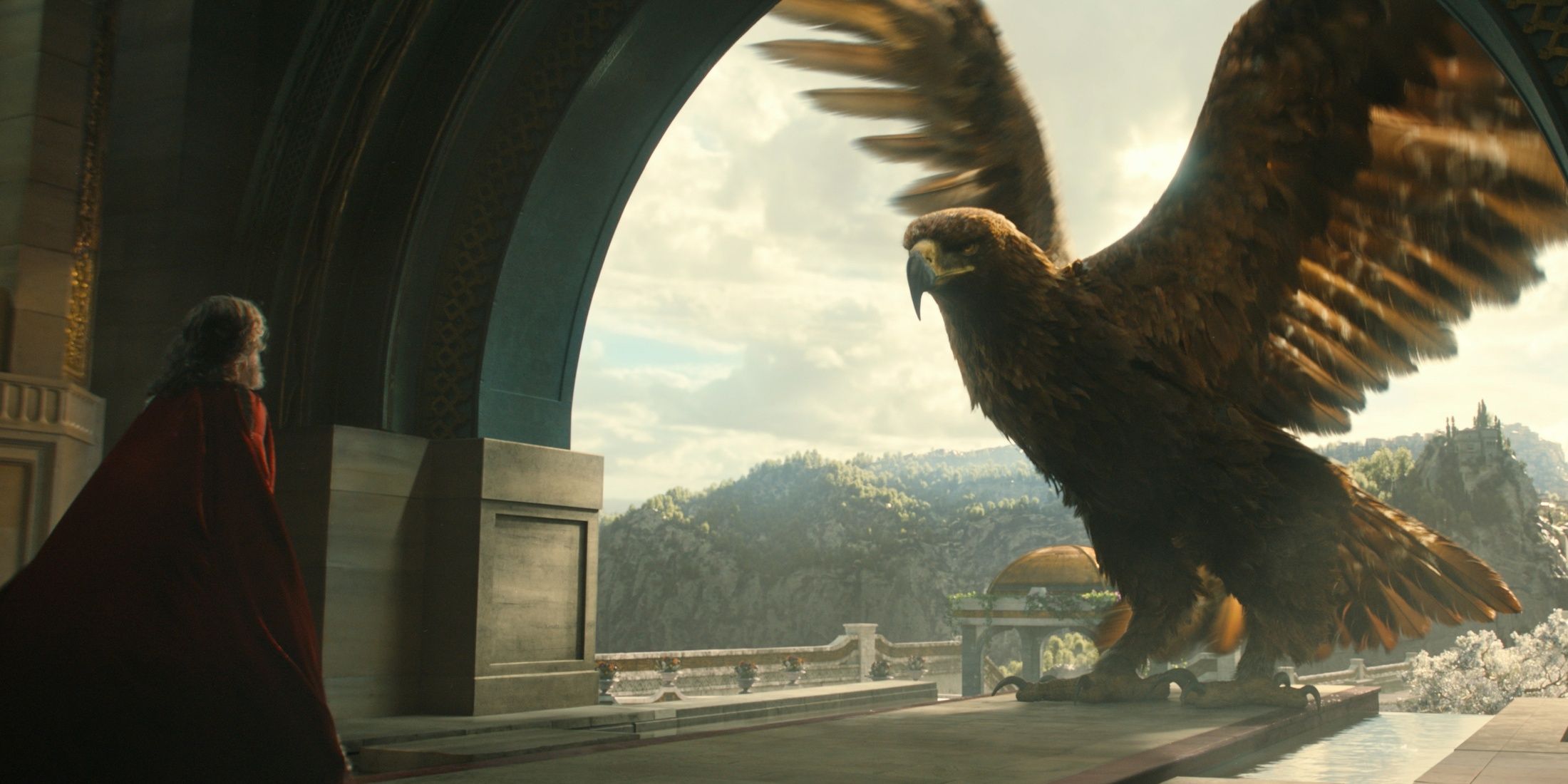
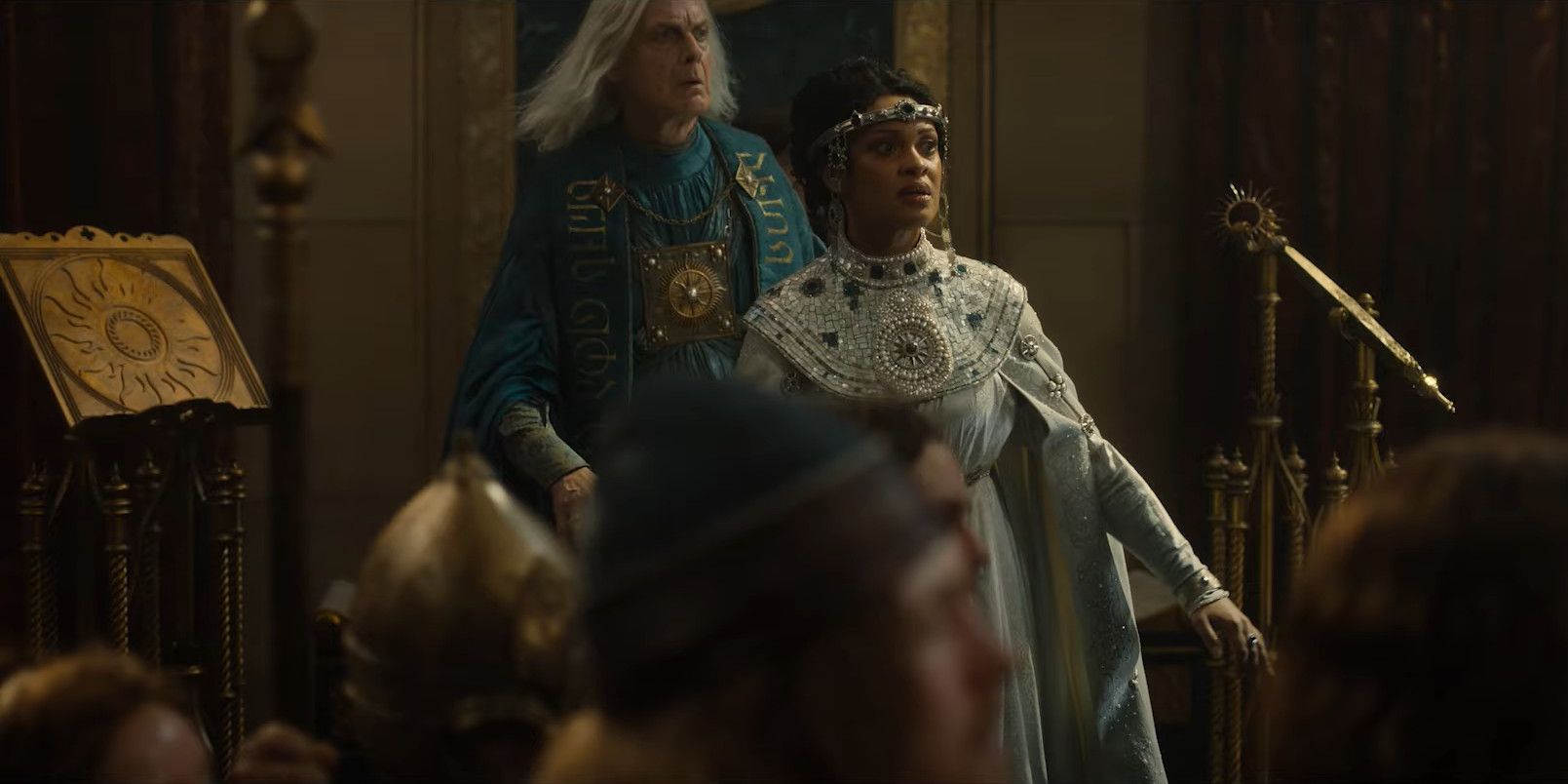
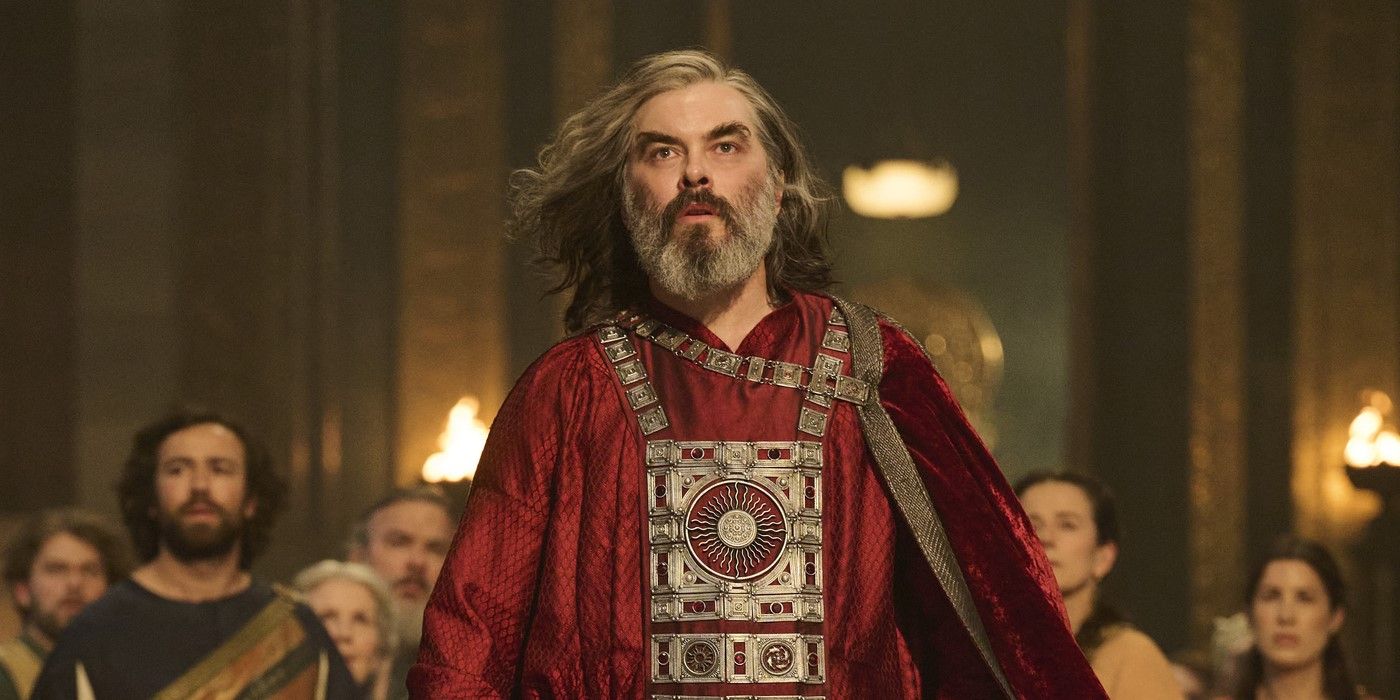






In autumn, after the last of the Three Prayers, the Númenóreans gathered in a location known as Tompollë to watch the wild black bears of Númenor “perform dances for the entertainment of their human friends.” The bears devised some of these dances themselves, but others were taught to them by the Númenóreans. Tolkien wrote, “To those not accustomed to the bears the slow (but dignified) motions of the bears, sometimes as many as 50 or more together, appeared astonishing and comic.” However, no matter how amusing the Great Bear dance may have seemed, the Númenóreans could not laugh out loud. The bears did not understand the sound of human laughter, so it “alarmed and angered them,” potentially causing them to stop the performance.
In the Elvish language of Quenya, the Great Bear dance was called the ruxotompalë; this name came from ruxo, an older version of the Quenya term for “bear.”
Tolkien wrote very little about Tompollë, but he stated that it was located in Forostar, the northern region of Númenor.
Tolkien left unclear why exactly the bears decided to dance every year in Tompollë, but he did write that the Númenóreans had a good relationship with wild bears:
The bears exhibited friendship and curiosity towards the newcomers; and these feelings were returned. At no time was there any hostility between Men and bears; though at mating times, and during the first youth of their cubs they could be angry and dangerous if disturbed. The Númenóreans did not disturb them except by mischance. Very few Númenóreans were ever killed by bears; and these mishaps were not regarded as reasons for war upon the whole race. Many of the bears were quite tame. They never dwelt in or near the homes of Men, but they would often visit them, in the casual manner of one householder calling upon another. At such times they were often offered honey, to their delight. Only an occasional ‘bad bear’ ever raided the tame hives.
This was not unique to bears. None of Númenor’s native animals feared humans, and even predators tended to avoid attacking people, pets, or livestock, instead only hunting in the wilderness. In turn, the Númenóreans treated the animals with respect. This was in contrast to the people of Middle-earth, who tended to view wild animals like bears as dangerous and sometimes even malicious creatures. Bilbo, for example, was terrified by the prospect of encountering bears in the wilderness during The Hobbit.
A Character From The Hobbit Continued the Tradition of the Great Bear-dance
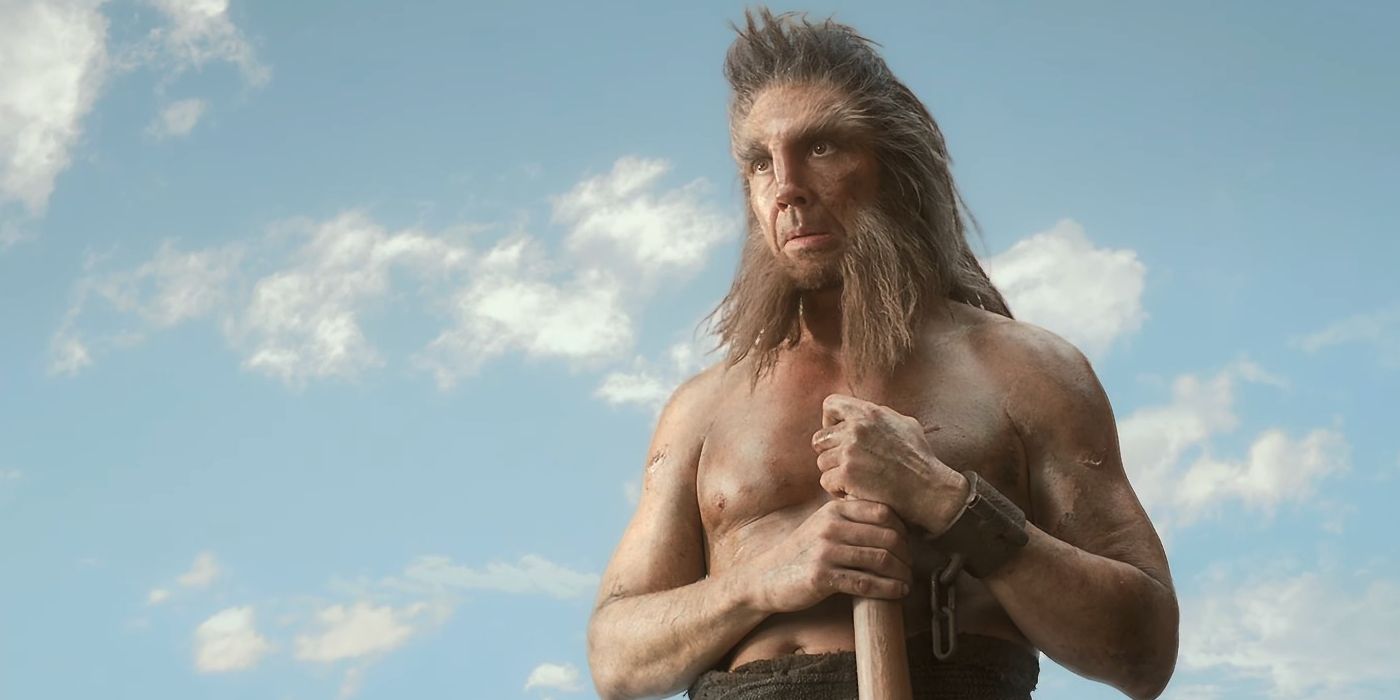
The Númenóreans’ bizarre tradition had a surprising connection to The Hobbit. In the chapter “Queer Lodgings,” Gandalf, Bilbo, and Thorin’s Company of Dwarves stayed at the house of Beorn, a skin-changer who could take the form of “a huge black bear.” One morning, Gandalf described an assortment of paw prints that he saw outside Beorn’s house. He believed that some of them belonged to Beorn, but most were not the right size. He told Bilbo, “There must have been a regular bears’ meeting outside here last night… I should say there were little bears, large bears, ordinary bears, and gigantic big bears, all dancing outside from dark to nearly dawn.” He saw one set of tracks leading to the forest, which was how he knew that Beorn had left during the night.
Words for “Bear” in The Lord of the Rings
Origin
Urug / urgû / urgî
Adûnaic
Graw
Sindarin
Morco
Quenya
Morokō / morokē
Common Eldarin
Gandalf’s description must have left quite an impression on Bilbo, as that night, he had a dream about “hundreds of black bears dancing slow heavy dances round and round in the moonlight in the courtyard.” The Hobbit was full of many such strange and whimsical moments, but when Tolkien wrote The Lord of the Rings and The Silmarillion, he tried to incorporate them into the more grounded worldbuilding of Middle-earth. The Great Bear-dance of Tompollë might have been his way of providing a lore explanation for this unusual passage from The Hobbit; it was not just a gathering of woodland creatures but a continuation of a tradition from a time when Men and animals had better relations. Since Númenor’s bears seemed to be more intelligent than ordinary beasts, perhaps they were somehow related to skinchangers like Beorn, who had mysterious origins.
Tolkien Loved the Idea of Dancing Bears
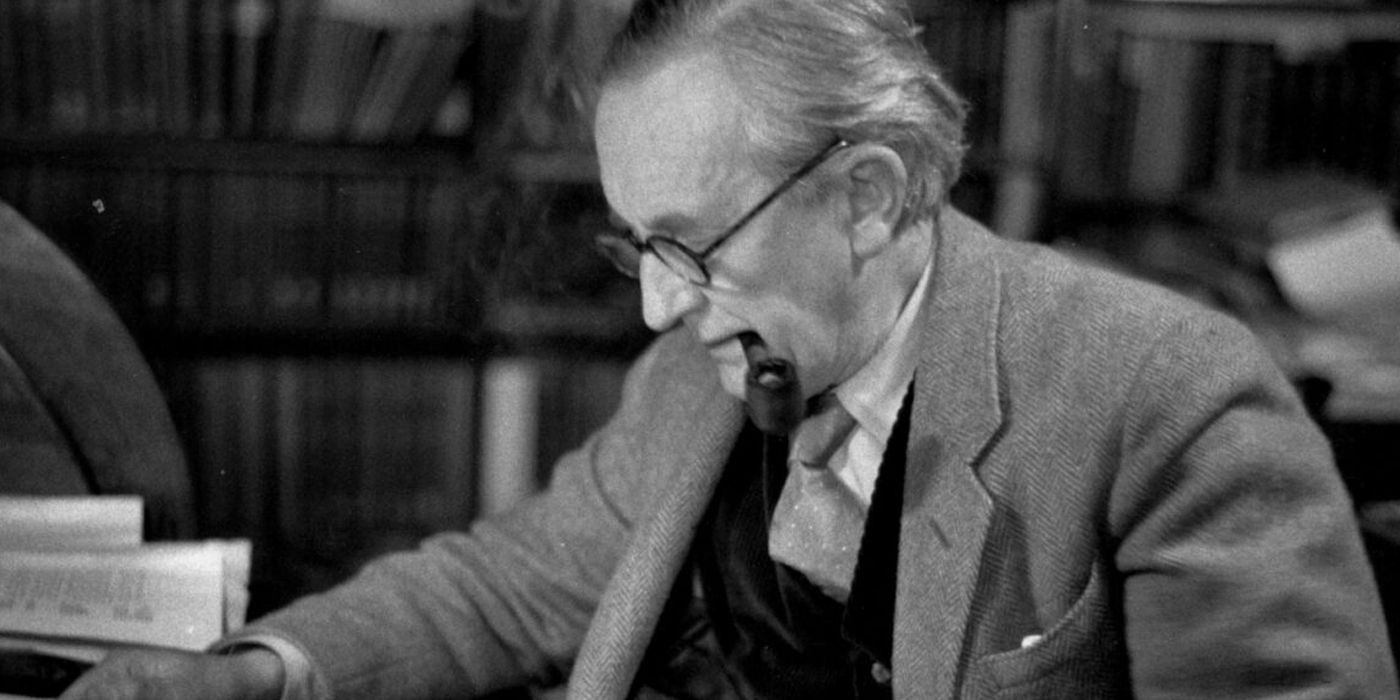
Tolkien seemed to have been fascinated by the concept of dancing bears. It appeared in many of his stories, and not just those that took place in Middle-earth. From 1920 to 1943, Tolkien wrote Christmas letters to his children from the perspective of Father Christmas, and these were eventually published in the book Letters from Father Christmas. Within these letters, Tolkien created complex lore for the North Pole, including some events that bear similarities to The Lord of the Rings, such as a war between Elves and goblins. One of the main characters in these stories was a polar bear named Karhu, better known simply as North Polar Bear.
Karhu’s name means “Bear” in Finnish.
North Polar Bear had nephews named Paksu, meaning “Thick” in Finnish, and Valkotukka, meaning “White Hair” in Finnish.
In one letter, Tolkien included a drawing of a North Polar Bear dancing with some penguins who had come from the South Pole to aid in the fight against the goblins. He wrote, “The picture is of Polar Bear dancing with [the penguins’] chiefs. They amuse us enormously: they don’t help much, but are always playing funny dancing games, and trying to imitate the walk of Polar Bear and the Cubs.” Therefore, Tolkien may have simply included dancing bears in The Hobbit and the text that would eventually become The Nature of Middle-earth as an amusing reference for his children. The Great Bear-dance of Tompollë also conveyed a message about animal welfare. In real life, animals like bears have often been exploited for entertainment, but in Númenor, they provided entertainment of their own volition. This was only possible due to the strong bond between the Númenóreans and the beasts that inhabited the island. Before its corruption and eventual downfall, Númenor represented Tolkien’s ideal society, and apparently, that included partying with dancing bears.
